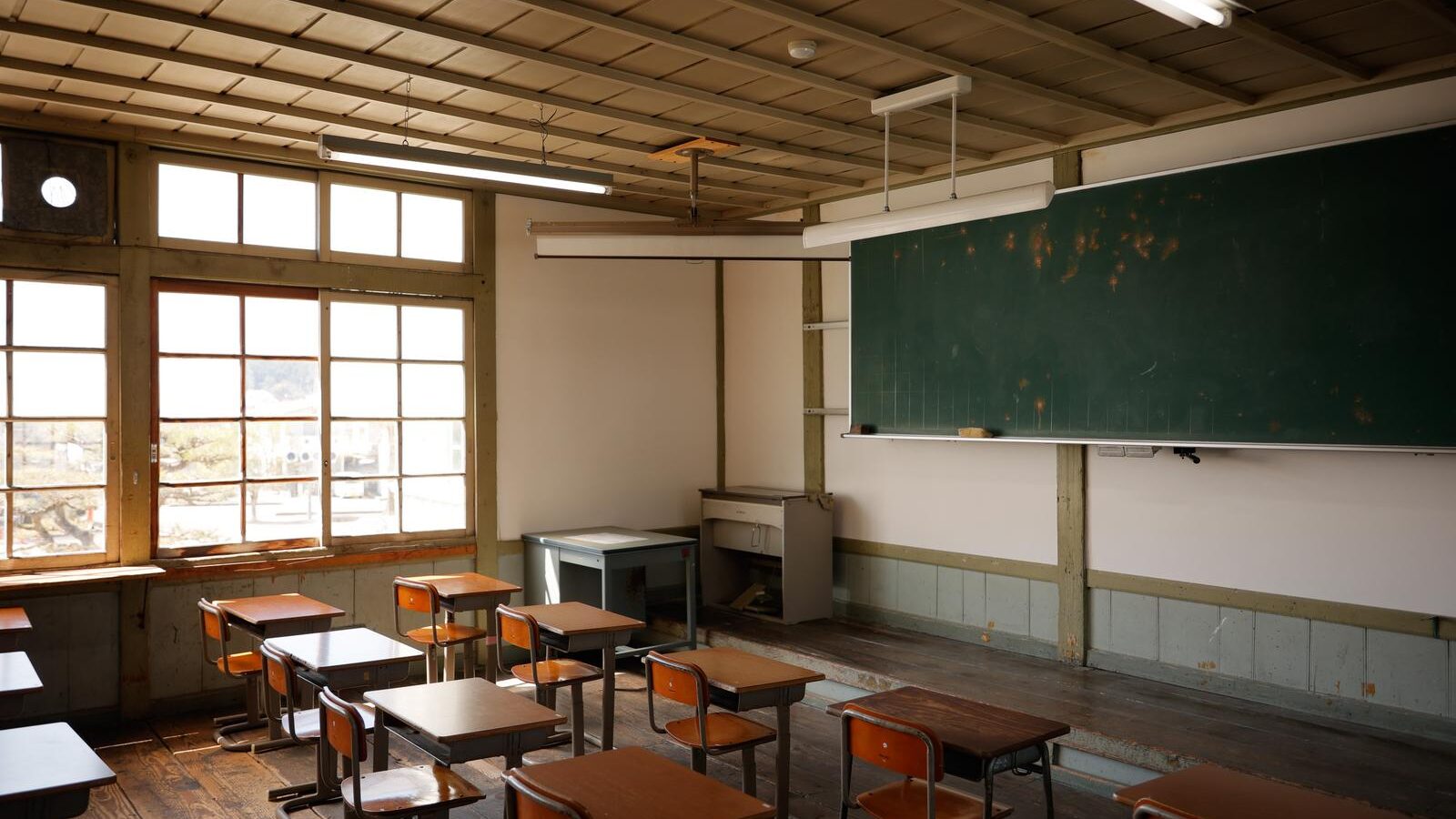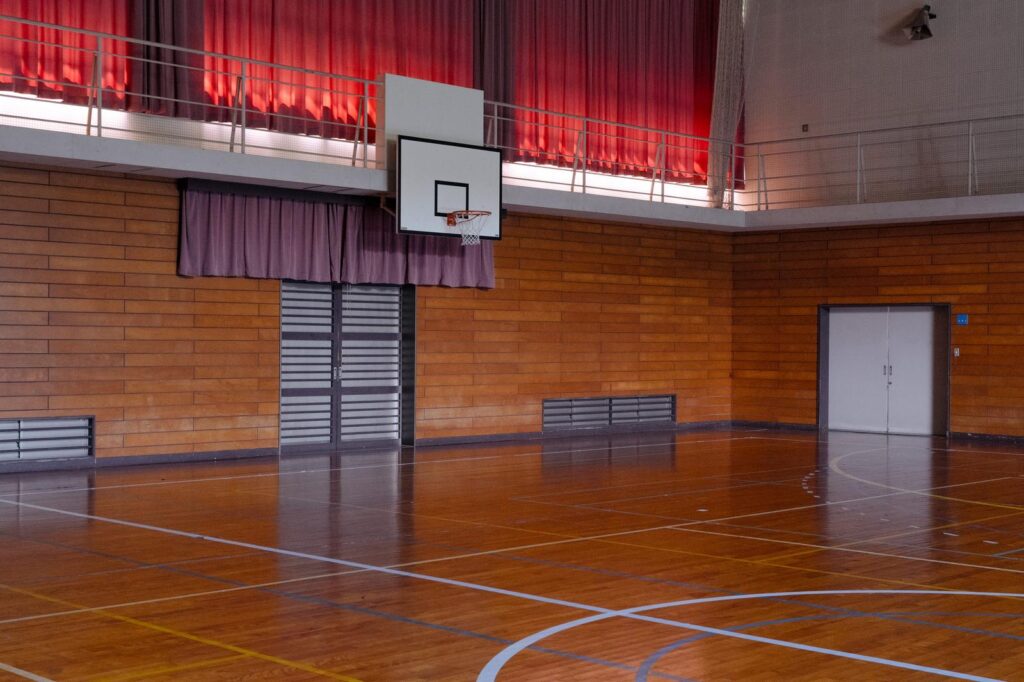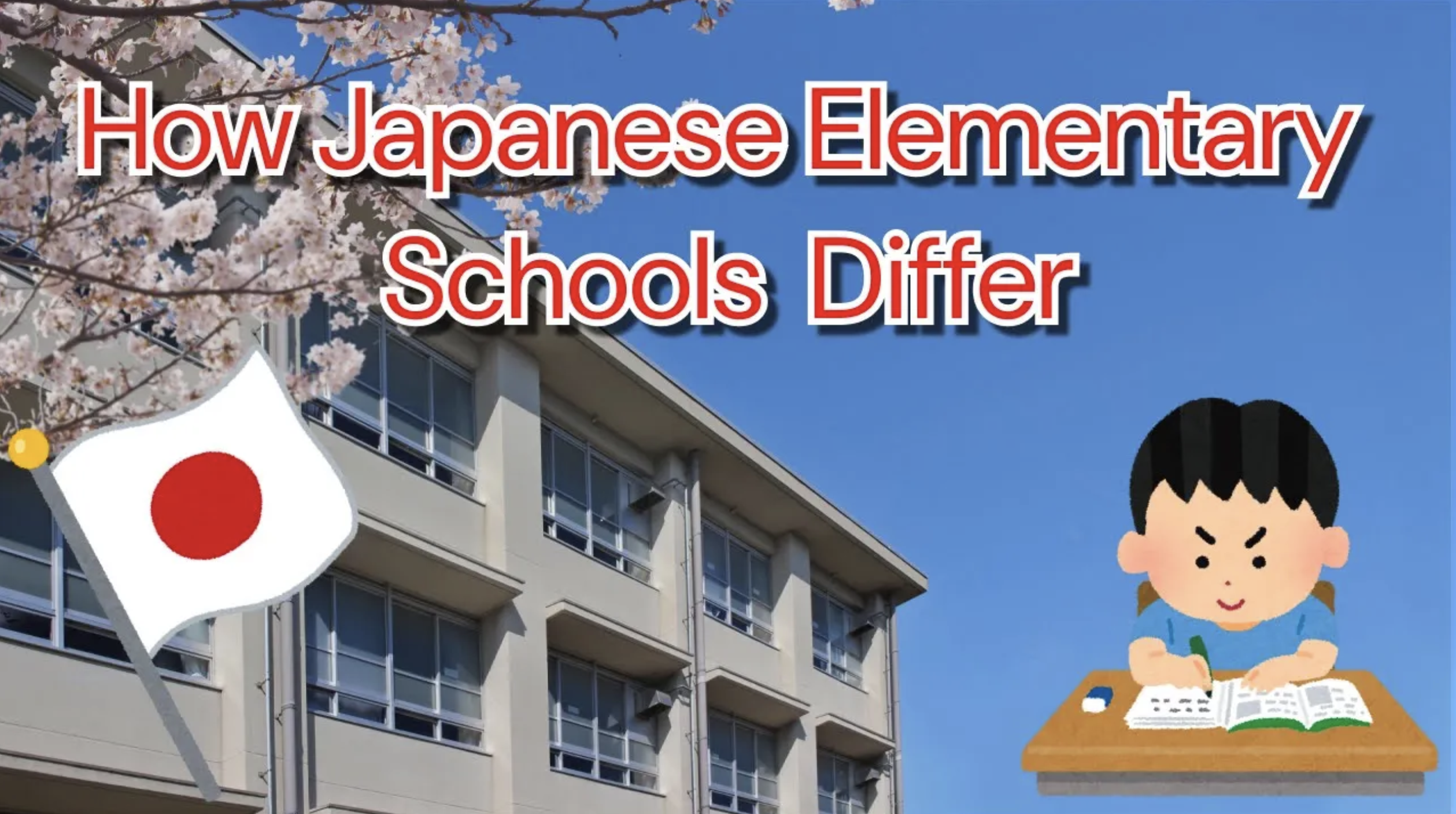This post is a transcript of my YouTube video about Japanese elementary schools. If you prefer watching, please check the videos below!
Introduction
Today, I’d like to introduce Japanese elementary schools.
School cultures can vary widely from country to country, and I always found it fascinating to learn about different systems when visiting abroad. This time, I want to share the unique features of Japanese schools, focusing on elementary education.
There is a lot to say about schools in Japan, but for this article I will concentrate on elementary schools. If there is interest, I plan to create more content about junior high schools, high schools, or universities.
This article is based on my personal experiences and the information available to me today. Please note that educational systems may change over time.
Okay, let’s get started!
Overview of Japanese Elementary Schools

In this section, I will give an overview of Japanese elementary schools, including their types, schedules, and the overall educational system.
Types of Schools
In Japan, as in many other countries, there are two main types of schools: public and private.
- Public schools are established by the national, prefectural, or municipal government and are tuition-free. However, parents need to cover additional costs such as school lunches, supplies, and event fees. Overall, the total cost is still much lower than private schools.
- Private schools require expensive tuition and additional fees. They often provide specialized curriculums focused on areas like academics or sports. Many are affiliated with universities, giving students a higher chance of advancing to prestigious institutions.
Typical Schedules
All Japanese children are required by law to attend elementary school when they reach the appropriate age.
- Compulsory education lasts six years, from ages six to twelve.
- The school year is divided into three semesters: April to July, September to December, and January to March.
- Between semesters, students have vacations. Summer vacation is the longest, lasting about 40 days. However, homework is usually assigned, so students must balance study and play.
The School System

Classes and Grades
In most schools, a class consists of thirty to forty students who study together for a year.
A grade typically has between one hundred and two hundred students, but the number can vary depending on location. Rural schools tend to have fewer students. For example, in my school, there were about one hundred fifty students per grade, divided into five classes.
Students generally take all classes with the same group in the same classroom. At the end of each year, they move to a new class with new classmates.
Teachers
Each class is assigned a homeroom teacher for the entire year. The teacher has a heavy workload, teaching nearly all subjects including Japanese, social studies, arithmetic, science, music, art, home economics, and physical education. Teachers also coach students and maintain contact with parents.
This is specific to elementary school, not junior high or high school. Teachers are often overworked, and they are not eligible for overtime pay. By law, they receive only an additional 4 percent salary supplement instead.
To become a teacher in Japan, you must obtain a teaching license, which requires completing a teacher education program at a university.
Grading and Promotion
Students receive report cards at the end of each semester. Grades are based on classroom attitude, test results, and assignments, and it is generally not too difficult for diligent students to earn good marks.
However, even students who struggle are promoted during compulsory education regardless of their academic performance. This sometimes makes it difficult for them to catch up, and it is considered one of the challenges of the Japanese educational system.
Subjects

For more details, please see the Ministry of Education website:
Ministry of Education
Elementary schools follow a national curriculum that defines the subjects taught. While there may be small differences between schools, the overall framework is the same.
Required Subjects
The national curriculum outlines thirteen subject areas:
Japanese, Social Studies, Arithmetic, Science, Life Environmental Studies, Music, Art and Crafts, Home Economics, Physical Education, Ethics, Foreign Language Activities, Integrated Studies, and Special Activities.
- Life Environmental Studies is taught until second grade. From the third grade onward, it is divided into Science and Social Studies.
- Home Economics and Foreign Language Activities usually begin in fifth grade.
- The number of hours for each subject is strictly regulated by the Ministry of Education and varies depending on the grade level.
Home Economics
Home Economics includes practical lessons in everyday life skills such as cooking and sewing.
Before cooking, we studied the nutritional value of foods such as meat, fish, eggs, and vegetables. Before sewing projects, we learned about suitable clothing for different seasons. Thanks to these lessons, I can still sew today.
Integrated Studies
This subject encourages independent research and hands-on projects. For example, when I was in fourth grade, we cultivated rice for an entire year.
We learned about farming methods, soil preparation, planting, nurturing, and harvesting, before finally eating the rice we grew ourselves. This experience remains one of my most memorable lessons.
Special Activities
Special Activities include events and extracurricular experiences such as Sports Day, school trips, concerts, committees, and clubs. In the next sections, I will describe committees and clubs from my own experience.
Committees and Clubs

Committees
Japanese elementary schools have various committees, such as:
- Student Council: represented students, planned activities, and created school rules.
- Library Committee: managed the school library and supported other students.
- Broadcasting Committee: played music in the mornings, afternoons, and sometimes during breaks.
- Breeding Committee: took care of animals such as rabbits 🐇.
- Health Committee and Sports Committee also supported school life.
I personally joined the Student Council, Library Committee, Broadcasting Committee, and Breeding Committee. These gave me experiences such as caring for rabbits and managing the school’s broadcasting system.
Clubs
Students can also join after-school clubs, which change from year to year. For example:
- Go and Shogi Club (board games) in fourth grade
- Table Tennis Club in fifth grade
- Soccer Club in sixth grade
These activities were enjoyable and helped me make friends outside my regular class.
Conclusion
Japanese elementary schools have many unique features, from their daily classroom routines to extracurricular committees and clubs.
Thank you for reading this transcript! I hope it helps you understand Japanese schools and gives you a closer look at everyday education in Japan.
If you have any comments or questions, please share them on Twitter or on YouTube.
